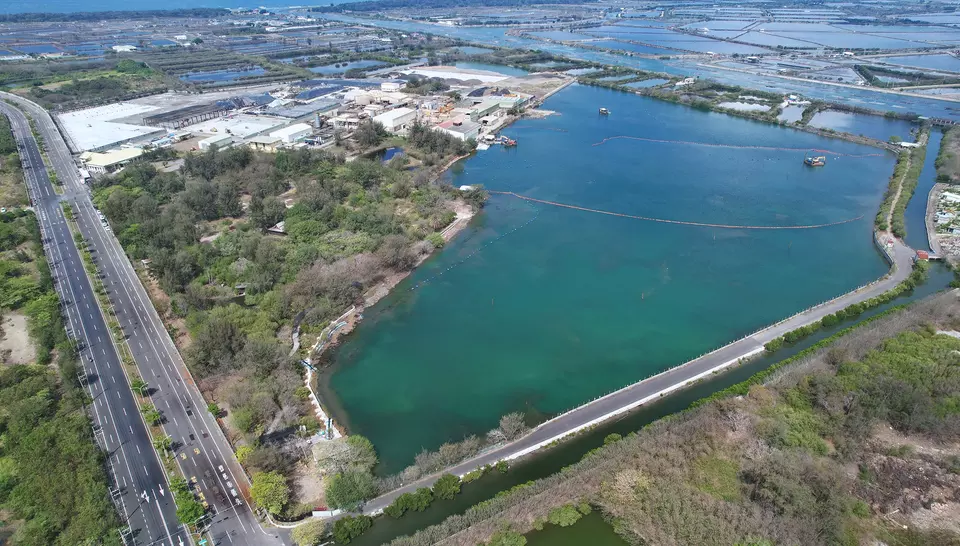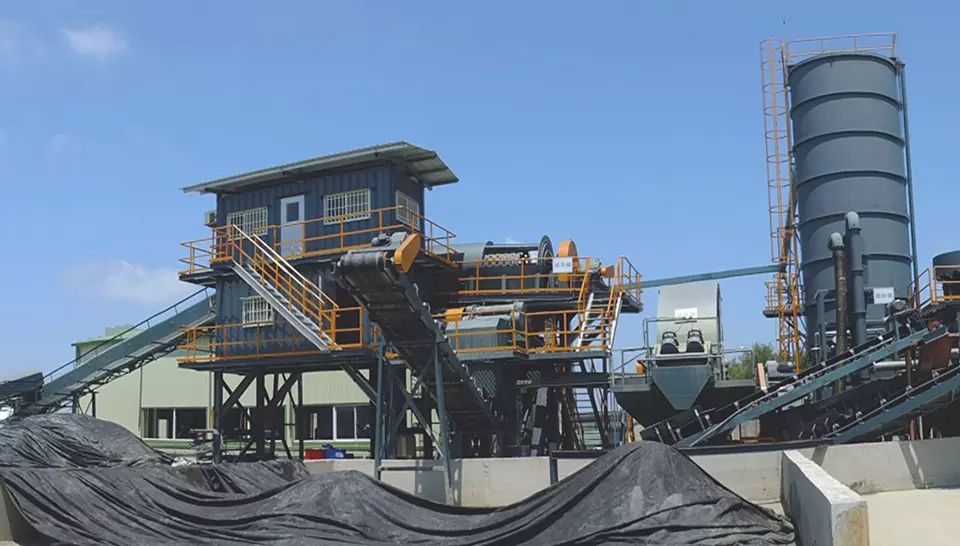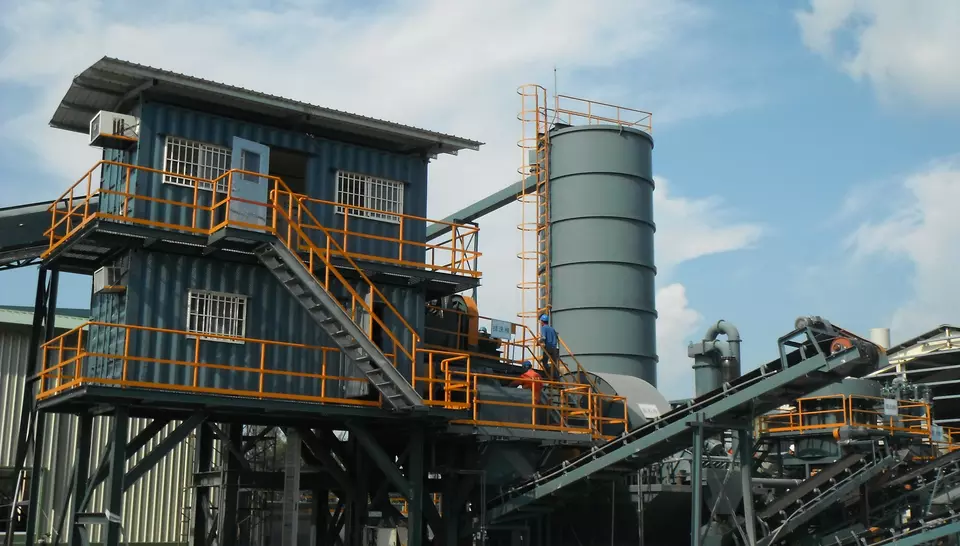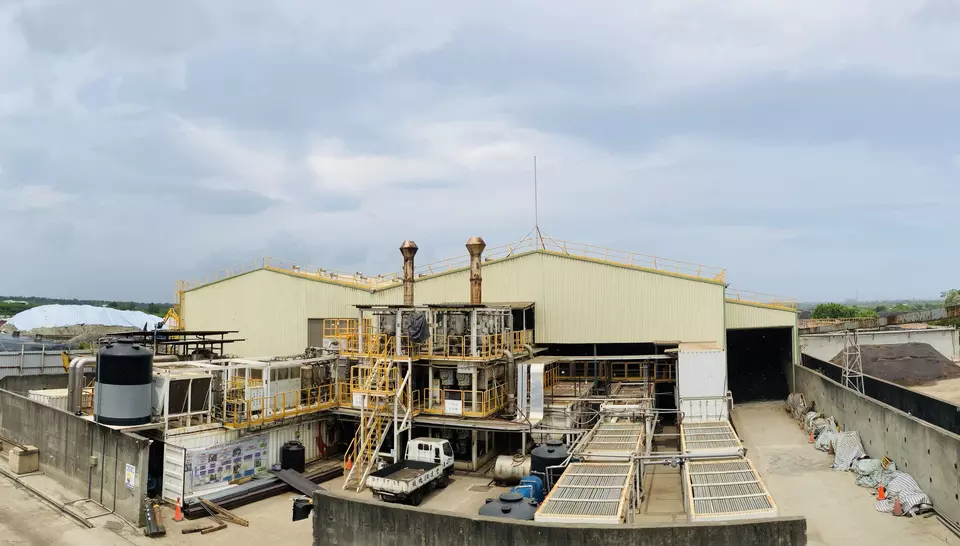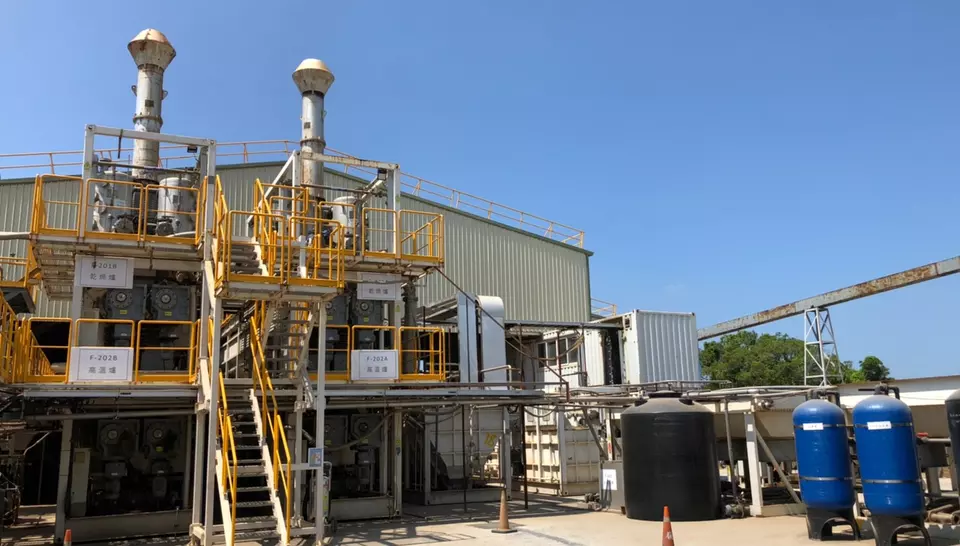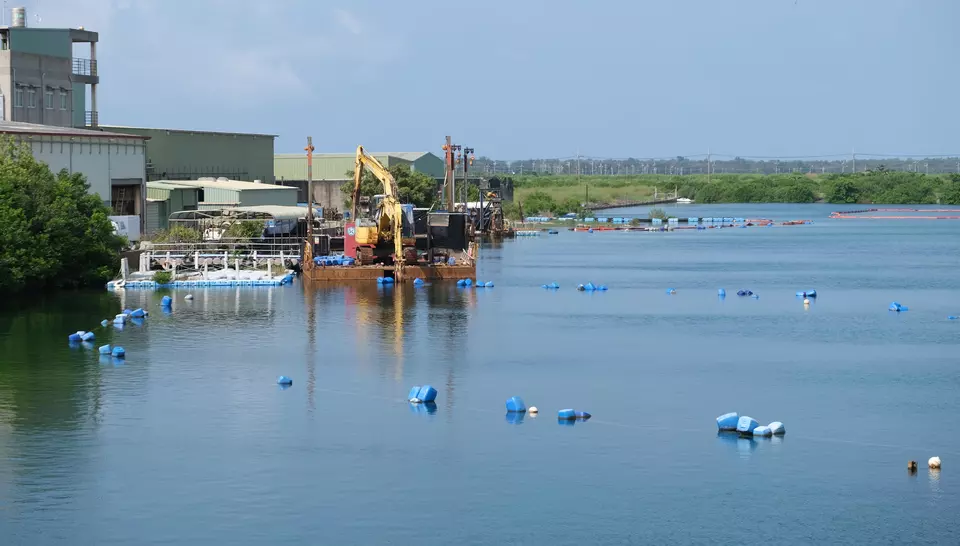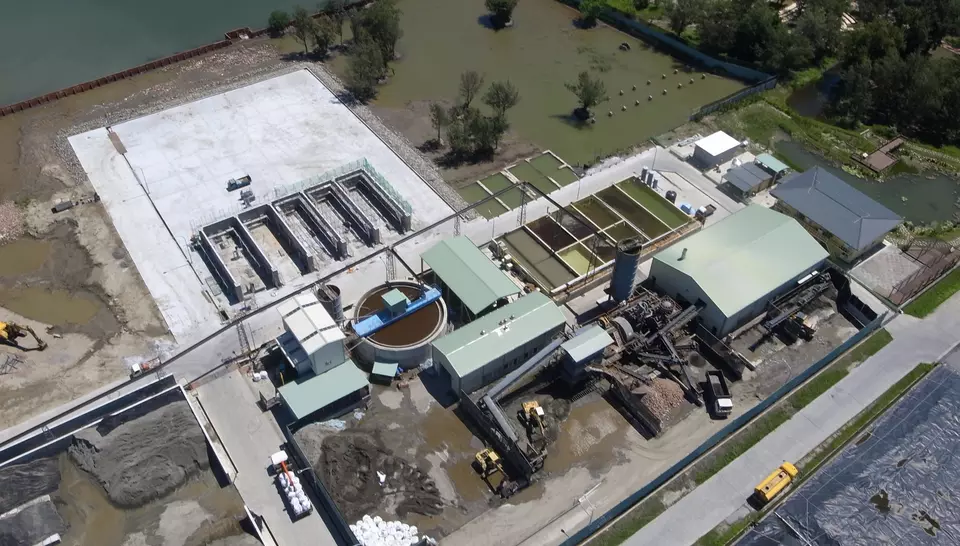A Renowned Dioxin and Mercury Remediation Site in Taiwan
Significant Volume of Contaminated Soil
Enhanced Efficiency with Soil Particle Size Sorting
Indirect Thermal Desorption Process
Complete Dioxin Degradation with Secondary Combustion Chamber
Site Background
This site was previously an alkaline chlor-alkali plant producing caustic soda, hydrochloric acid, and liquid chlorine, later expanded with a pentachlorophenol (PCP) plant for manufacturing herbicides and pesticides. Dioxin contamination resulted as a by-product of PCP production, while mercury contamination originated from the brine electrolysis process used in chlor-alkali production. During a period of limited environmental awarenessoversight, inadequate management disposal of products and waste resulted in widespread soil and sediment contamination at the plant and neighboring seawater pools. The severe, complex contamination with high levels of both dioxin and mercury has significantly increased the difficulty and cost of remediation.
Pollution Status
In 2004, the Ministry of Environment designated the site as a remediation site for soil pollution, with dioxin and mercury concentrations surpassing regulatory limits by more than 100 times. Dioxin is primarily concentrated beneath the former PCP facility, while mercury contamination is localized in the chlor-alkali area and has spread through surface runoff and wastewater discharge to other areas of the plant and neighboring seawater pools. Contamination beyond the plant boundaries is relatively contained, with approximately 229,000 m2 of land and 142,000 m2 of water affected.
Remediation Approach
Since 2011, ApolloTech has provided remediation services for this site. To manage the large volume of contamination cost-effectively, we developed a proprietary wet mercury-dissolving reagent, validated in laboratory and pilot soil-washing tests prior to full-scale deployment. This method achieves up to 80% pollution reduction efficiency. During soil cleaning, we found that dioxin tends to concentrate in certain materials, allowing us to optimize soil washing through physical screening to effectively separate clean soil from contaminated material. Dioxin-laden fine particles are compressed into sludge cakes. In 2021, an Indirect Thermal Desorption facility was completed to further treat the separated contaminated soil.
For contaminated sediment in the water areas, we developed a specialized dredging platform equipped with an excavator and mud pump, minimizing sediment disturbance and resuspension. The dredging process was executed with precision displacement and autonomous quality control to ensure efficiency.
This site poses unique challenges due to the combined dioxin and mercury contamination. To manage these highly toxic and concentrated pollutants, ApolloTech integrates soil washing with thermal desorption, enabling precise tracking of contaminant distribution and concentration throughout the treatment process, significantly reducing project costs. Remediation work is ongoing.
Key Data
| Pollutants | Dioxin, Mercury |
| Site Area | 371,000 m2 |
| Total Volume of Contaminated Materials (soil and sediment) | 700,000 tons |
| Volume Treated by Soil Washing | 404,000 tons (ongoing) |
| Volume Treated by Thermal Desorption | 51,000 tons (ongoing) |
| Volume of Sediment Dredged | 272,000 tons |


